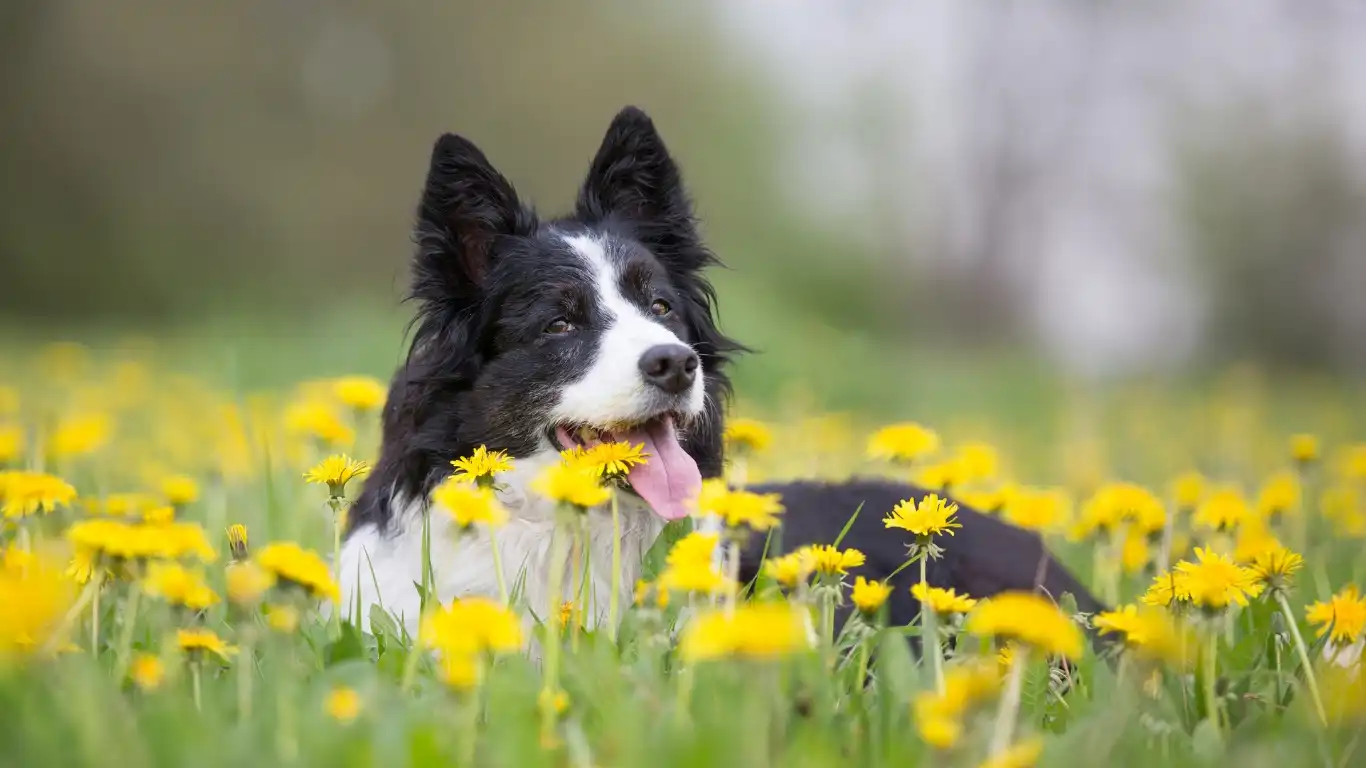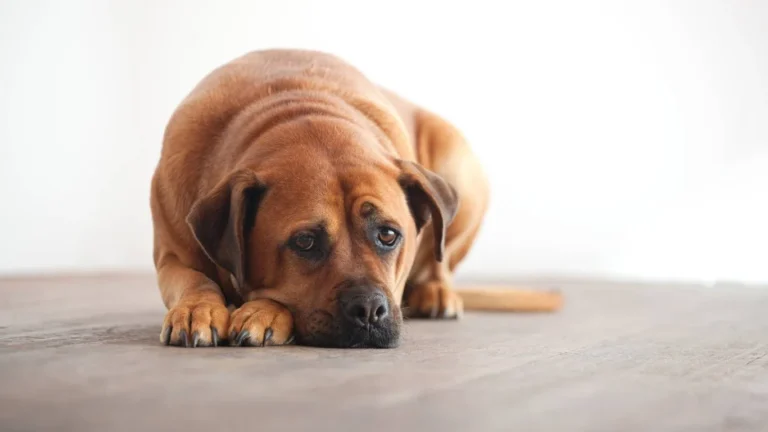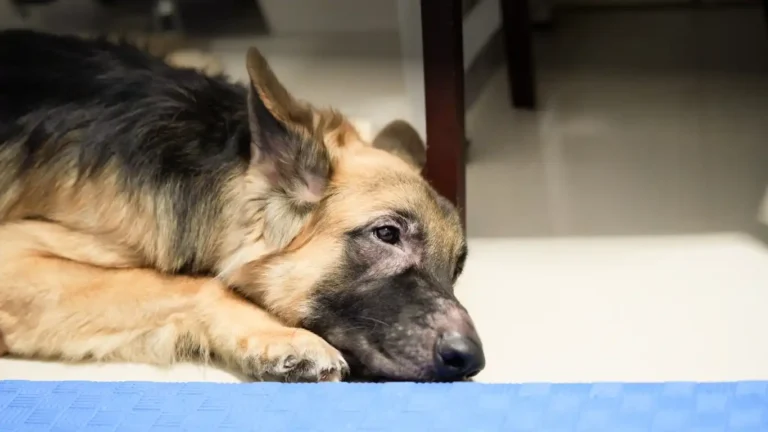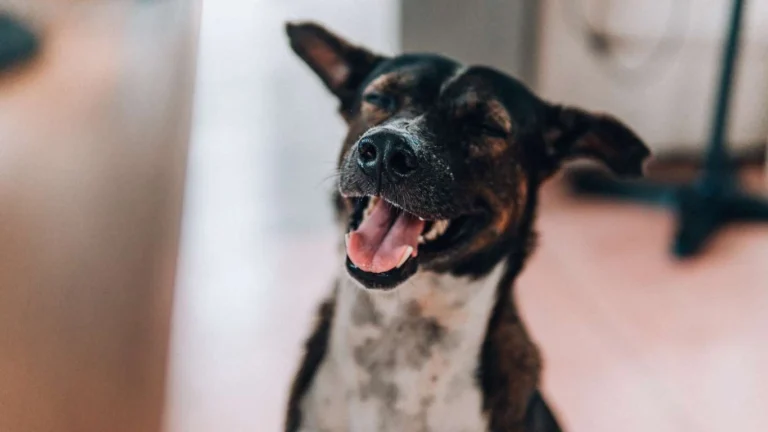How to Remove Sticky Substances from a Dog’s Fur Safely and Easily
If you’ve ever found yourself Googling how to remove sticky substances from a dog’s fur while simultaneously trying to calm your wiggly pup who’s just rolled through gum, sap, or something mysterious at the park—welcome to the club. As a Veterinary Technician/Nurse with a strong focus in pet nutrition, I’ve had more than my fair share of sticky situations. Literally. Between clients’ pets and my own dog, Willow (who once decided a spilled jar of peanut butter was her new perfume), I’ve learned that getting gunk out of fur isn’t always as simple as grabbing the nearest wet wipe.
Common Culprits That Stick to Your Dog’s Fur
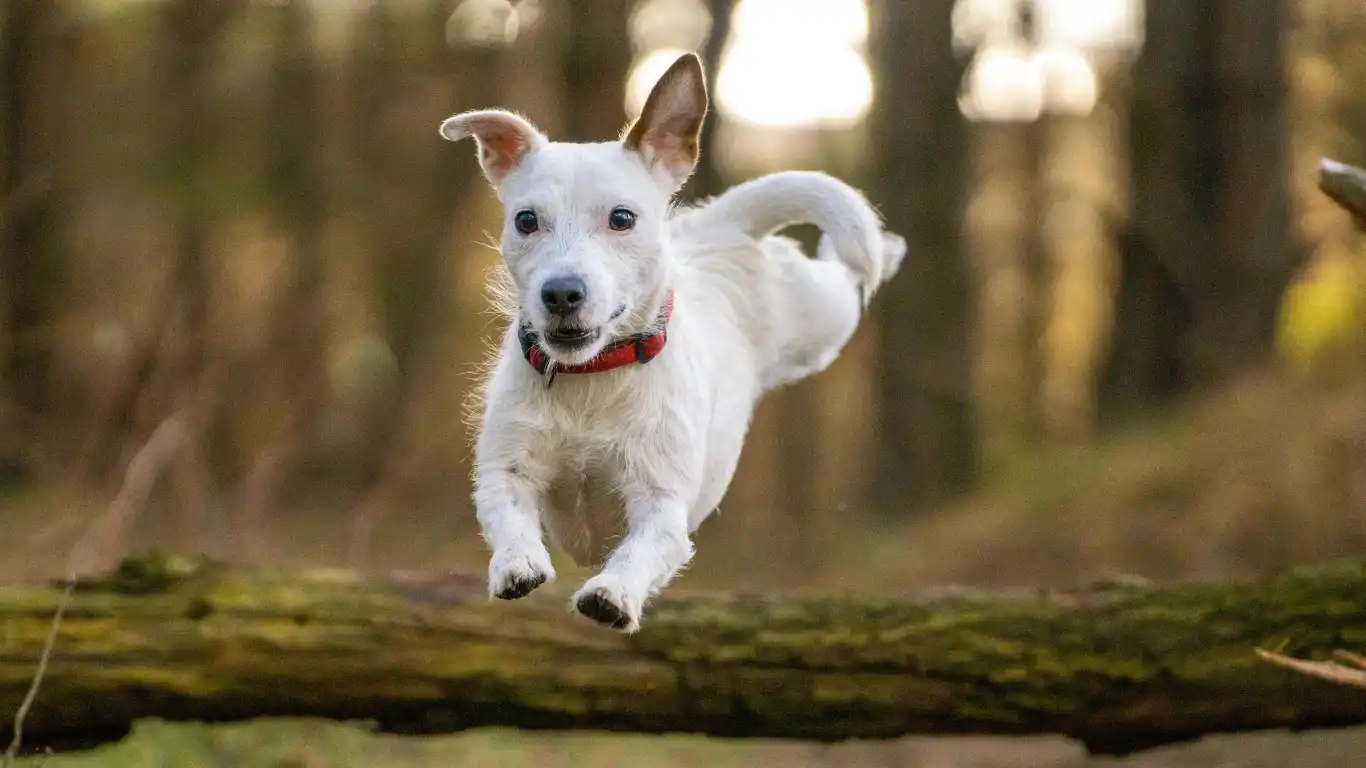
Sticky stuff can sneak up on your dog in a hundred ways. One minute they’re sniffing the base of a tree, and the next, they’re tangled in tree sap. Here are a few sticky villains I see the most often:
- Tree sap or resin – Nature’s glue, and a total nightmare to remove.
- Chewing gum – Especially if your pup finds it under a park bench (gross, right?).
- Peanut butter or jelly – Adorable during treat time, not so fun when it melts into their coat.
- Honey or syrup – Sweet but clingy.
- Glue or adhesive residue – This can happen when a pup nosily investigates packaging or labels.
Some of these might seem harmless, but they can cause skin irritation, trap dirt and debris, or even get matted into the coat if left untreated. Not to mention, some sticky stuff might even contain ingredients that are toxic to dogs. So, quick removal is key.
Safety First: What NOT to Do
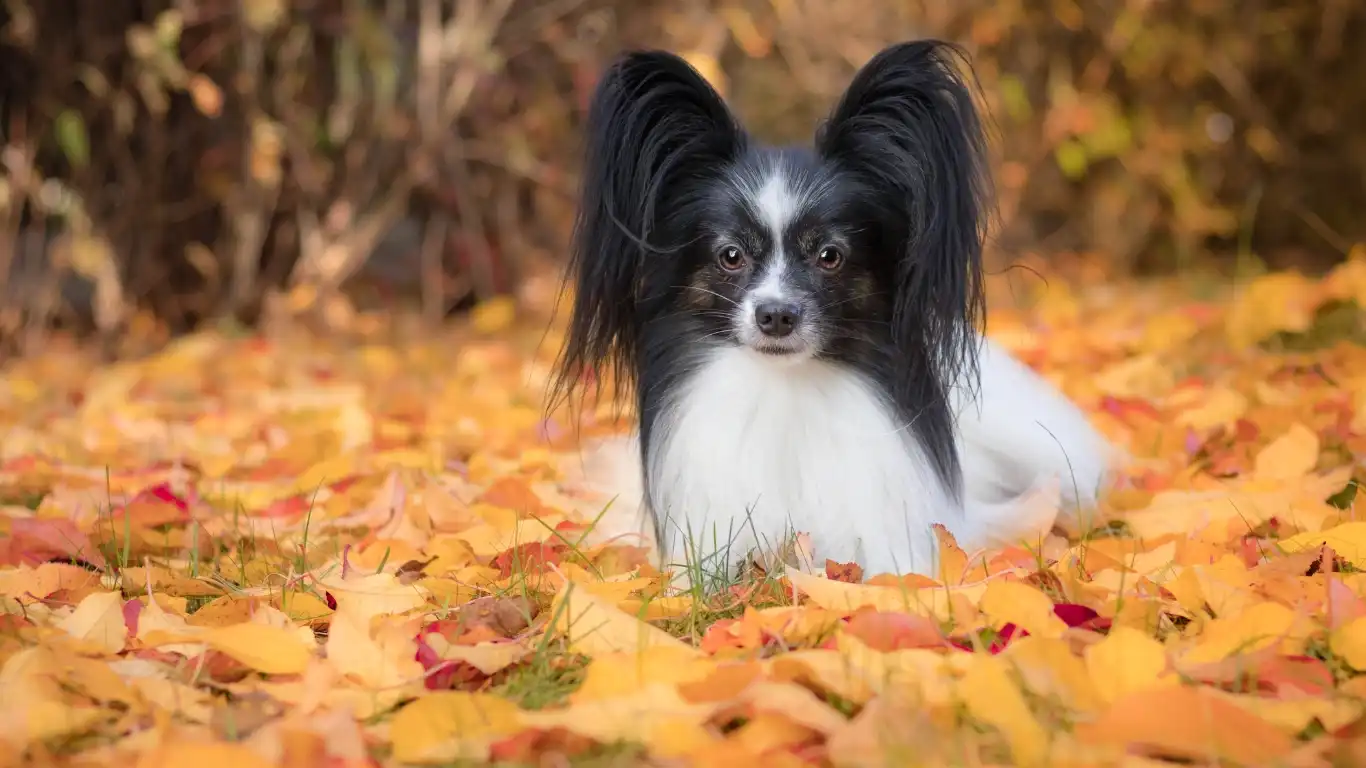
Before diving into the good stuff, let’s talk about the things you absolutely shouldn’t do. I’ve had pet parents come in after trying all sorts of internet hacks that made things worse, so trust me on this.
- Don’t use scissors: It’s tempting, but one wrong snip and you could injure your dog’s skin. Even if you’re careful, dogs wiggle. A lot.
- Avoid harsh chemicals: Things like acetone (yes, nail polish remover) or Goo Gone can cause chemical burns and skin irritation. Just… no.
- Skip the hot water: You might think heat will “melt” the sticky stuff, but hot water can actually make some adhesives bind even tighter to fur.
- Don’t yank or pull: You’re not helping anyone by tugging—especially not your pup. That hurts, and it can damage hair follicles or sensitive skin.
Rule of thumb: If you wouldn’t put it on your own skin (especially near your eyes or scalp), don’t use it on your dog’s fur.
How to Remove Sticky Substances from a Dog’s Fur (Safely)

Start with Calm Vibes
Okay, first things first—get your dog calm. Sticky fur removal is way easier when your dog isn’t panicking or squirming. Offer a treat, talk in a soothing voice, or give them a toy to keep them distracted. I usually keep a frozen Kong on standby for grooming moments like this. Works like a charm!
Gather Your Supplies
You don’t need anything fancy. Just some safe, common household items will do:
- Cooking oils – Think coconut oil, olive oil, or even vegetable oil. These help break down sticky residues without harming your dog’s skin.
- Wide-tooth comb – Perfect for working through knots without pulling.
- Pet-safe shampoo – I always recommend something gentle and moisturizing.
- Warm (not hot) water – Just enough to help rinse clean afterward.
- Old towels – Because this might get messy.
Apply Oil to the Affected Area
Rub a small amount of oil into the sticky patch. Massage it gently into the fur and let it sit for a few minutes—this helps to soften the gunk. I’ve had great success with unrefined coconut oil, especially because it also has antimicrobial properties. Just make sure to use enough to saturate the area without turning your dog into a slip-n-slide.
Work It Out With Your Fingers or a Comb
Once the sticky stuff loosens, start gently teasing it out with your fingers. If it’s extra stubborn, use a wide-tooth comb to carefully detangle. Be patient here—don’t rush it. This part takes some finesse. If you hit resistance, add a little more oil and keep working it through slowly.
Rinse and Shampoo
After the sticky residue is mostly gone, it’s bath time! Use warm water and your dog’s regular shampoo to wash out the oil and any leftover residue. Don’t be surprised if it takes two lathers to get everything squeaky clean again.
Dry and Praise
Towel dry gently, and be generous with praise and treats. You both earned it! If your dog has long or double-coated fur, I recommend brushing them out once they’re dry to prevent tangles from forming later.
One of my clients, a lovable Golden Retriever named Max, once showed up with melted taffy all down his hind legs after a kid dropped it at a birthday party. The oil-and-comb method had him cleaned up in under an hour—and you’d never know the chaos that came before. It’s not magic, it’s just the right steps.
What If the Sticky Substance Just Won’t Budge?
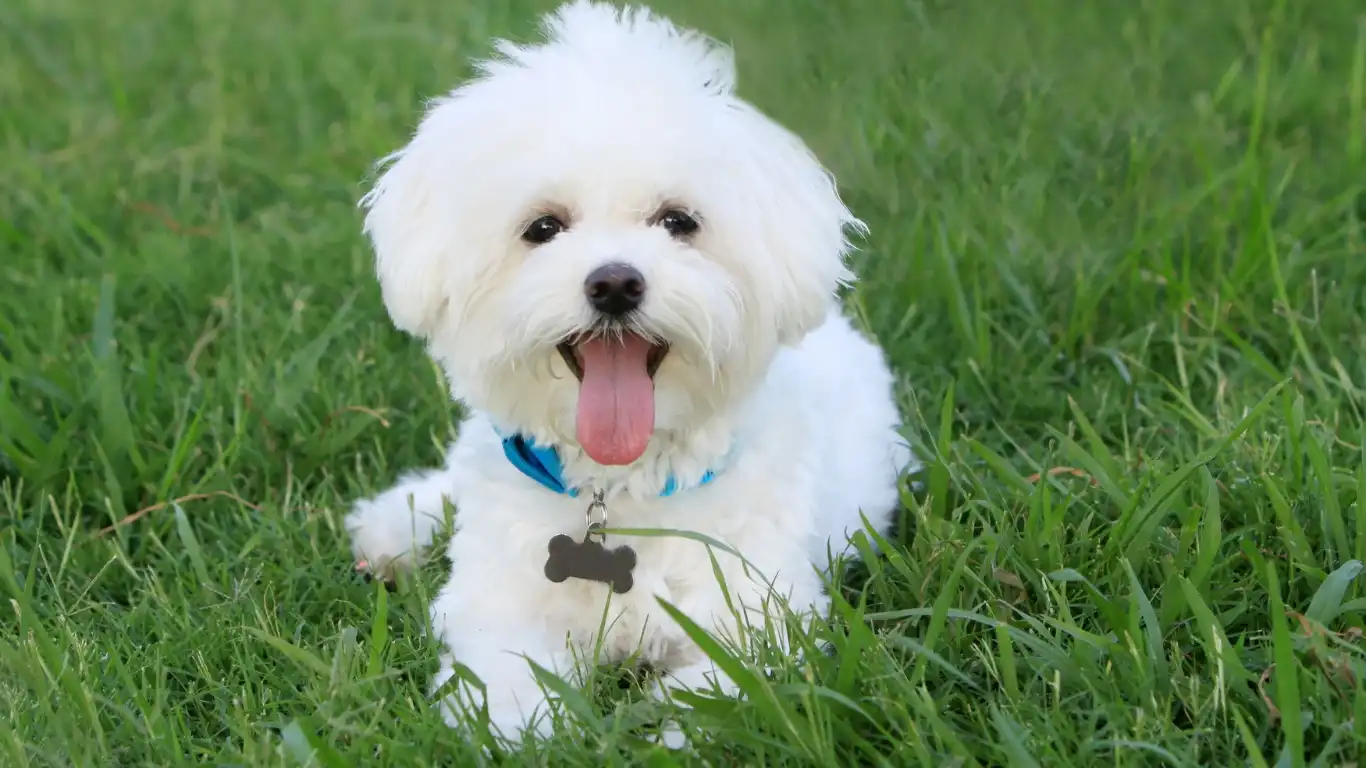
Okay, real talk—sometimes, despite your best efforts, that stubborn goop just won’t cooperate. I’ve had a few cases where the oil and comb method only got us halfway there. When that happens, don’t panic. There are still a few tricks up my sleeve (and now, yours too).
Switch Up Your Oils
Not all oils work the same. Coconut oil is usually my go-to, but if it doesn’t cut it, try a dab of peanut butter (yep, really). The natural oils in it can sometimes break down sticky materials like gum or sap even better. Just be sure to use a brand that doesn’t contain xylitol—it’s toxic to dogs.
Another trick? Mineral oil or baby oil. These are a bit slicker and can get into tighter tangles. Just keep in mind they’ll need extra rinsing afterward to avoid greasy fur or skin irritation.
Use Cornstarch or Baking Soda
Once you’ve applied oil and loosened the gunk, sprinkle a little cornstarch or baking soda over the area. These can help absorb the oil and make it easier to brush out whatever’s left. I’ve even used this on a Cocker Spaniel who ran through a glue trap—worked like a charm after the initial oiling.
Let It Sit (Patience Pays Off)
For especially sticky messes, letting the oil sit longer—like 10 to 15 minutes—can make a huge difference. I usually use this time to give the pup some cuddles or clip their nails. Multitasking for the win!
When to Call in the Pros
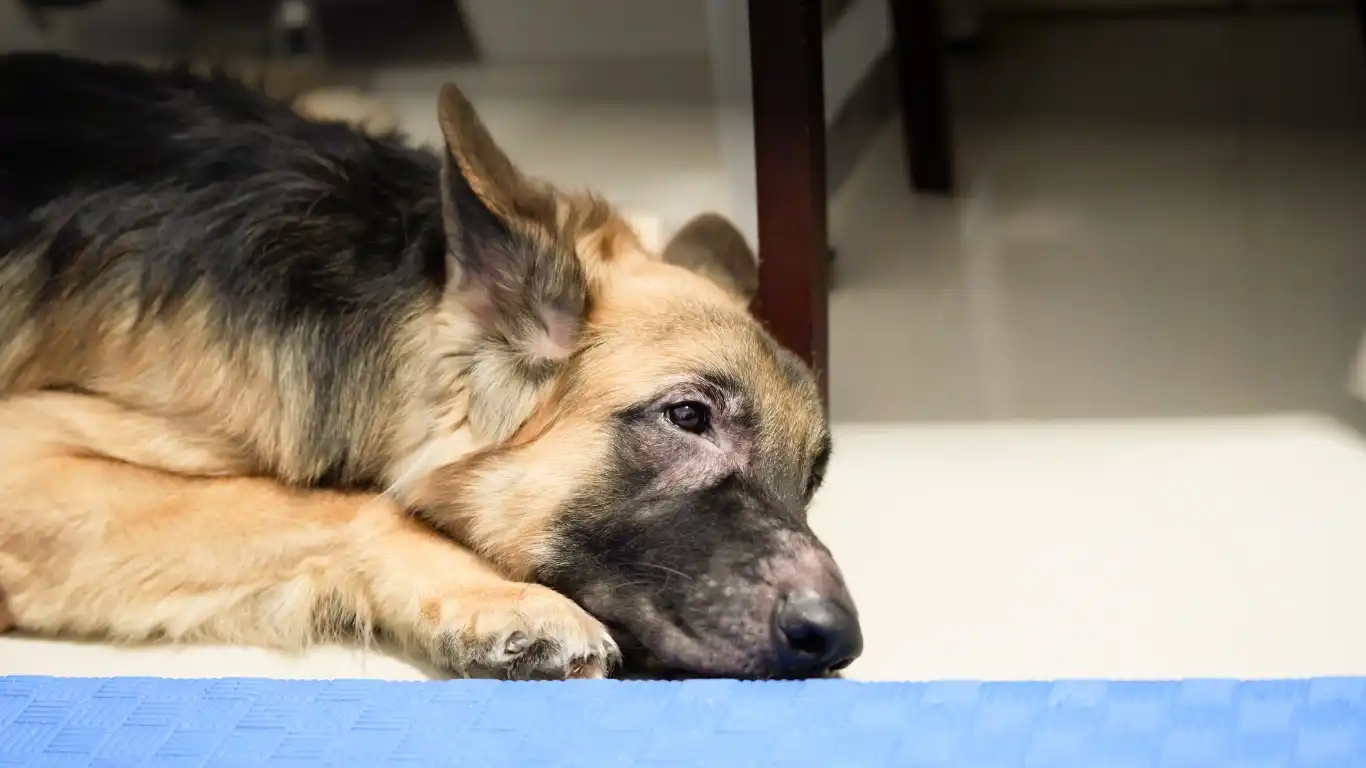
There are definitely times when it’s better to throw in the towel and call your vet or a professional groomer. As a Vet Tech, I’ve seen too many cases where well-meaning owners ended up doing more harm than good. Here’s how to know when it’s time to hand off the situation:
- Your dog is stressed or aggressive – Safety first, always. If your dog is growling, hiding, or showing signs of anxiety, it’s okay to step back and call someone trained to handle tough cases calmly.
- The sticky stuff is near sensitive areas – Think around the eyes, ears, mouth, or private parts. These spots require a delicate touch and proper restraint.
- The fur is matted badly – If the sticky mess caused the fur to mat, don’t try to hack it out. Mat removal is best left to groomers with proper tools and training.
- You suspect a chemical or toxic substance – Things like glue, tar, or adhesives may contain harmful ingredients. It’s best to get a vet involved to ensure there’s no reaction or residue left behind.
One of the worst cases I dealt with was a sweet rescue pup named Luna. She came in after rolling in roofing tar. Her owners tried dish soap, then vinegar, then even tried shaving her themselves—which led to razor burn and irritated skin. We ended up sedating her slightly and slowly removing the tar over multiple visits. Moral of the story? Don’t be afraid to ask for help.
Preventing Future Sticky Situations
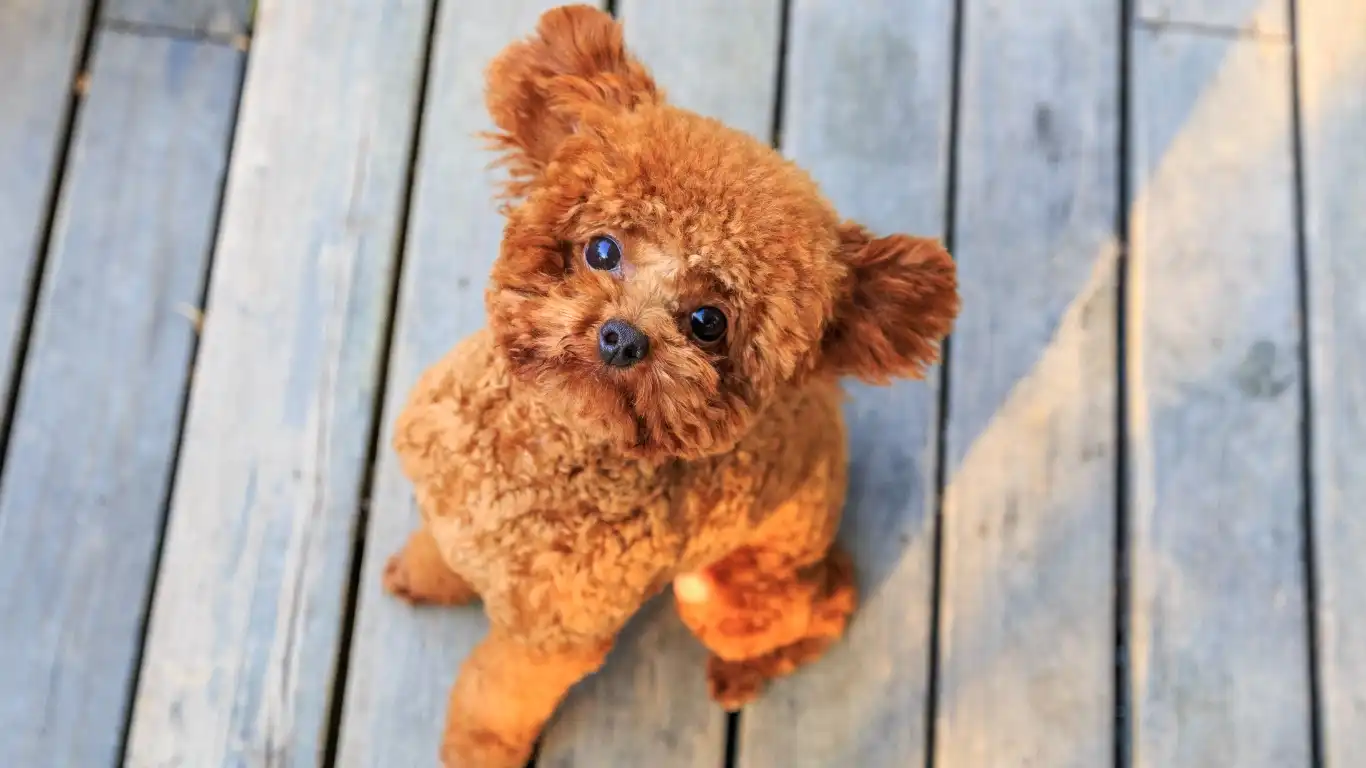
Once you’ve gone through the sticky ordeal once, you’ll do just about anything to avoid a repeat. Here are a few prevention hacks I’ve picked up over the years, both in clinic and with my own dog:
Stick to Clean Walking Routes
It’s not always easy, but try to avoid walking your dog in areas where there’s construction debris, sap-dripping trees, or public picnic areas (aka gum-and-jelly central). Parks are great, but I keep my eyes peeled for anything sticky—especially if there are kids around with snacks.
Protective Gear for the Win
Depending on your dog’s breed and fur type, investing in a protective vest or booties can help minimize the risk of stuff sticking to their belly or paws. It might seem a little extra, but it really helps—especially if your dog has long or curly fur that’s a magnet for everything under the sun.
Keep Fur Trimmed (Strategically)
If your dog has particularly long fur around their legs, paws, or belly, consider trimming those areas a bit shorter. I’m not saying give your dog a weird haircut—just tidy up the zones that tend to collect debris. It’s like trimming bangs so they don’t fall in your eyes—functional, not fashionable (though Willow pulls it off either way).
Brush Regularly
Sticky stuff clings more easily to fur that’s already dirty or tangled. A quick brushing session every few days can keep your dog’s coat sleek, shiny, and far less sticky-prone. It also helps you catch small problems before they turn into big messes.
And here’s a bonus tip from one of my favorite regular clients: she keeps a small bottle of coconut oil and an old towel in her car, just in case her pup gets into trouble during hikes or park visits. Smart, right? That kit has saved her more than once from a drive home with a goopy dog in the backseat.
Extra Tips for Different Fur Types
Let’s be real—not all fur is created equal. What works on a Lab may not cut it for a Husky or a Yorkie. Here’s what I’ve found through experience (and a few sticky mishaps):
- Short-haired dogs: Sticky substances are easier to spot but harder to remove without irritating the skin. Use less oil and go gentle.
- Long-haired dogs: You’ll need more patience—and more oil. Start at the tips and work your way to the roots.
- Curly or wiry coats: These trap stickiness like Velcro. Use a wide-tooth comb and expect to rinse and repeat.
- Double-coated breeds: You may need to split the coat and treat it in layers. Drying thoroughly afterward is key to preventing hot spots.
Next time you’re elbow-deep in sap and wondering how your sweet, innocent dog became a walking lint trap, just remember—you’ve got this. And if all else fails, there’s always peanut butter (for both of you).
Natural Remedies vs. Store-Bought Products

At this point, you might be wondering—should I just invest in a commercial product designed specifically for removing sticky substances from a dog’s fur, or are natural remedies enough? Honestly, it depends on the mess and your dog’s sensitivity.
When Natural Works Wonders
I’ve had great results with pantry staples like olive oil, coconut oil, and peanut butter (again, always xylitol-free). These are safe, affordable, and most importantly, gentle on your dog’s skin. Plus, they’re usually already in your kitchen—which is a lifesaver during those “mid-hike gum-on-the-leg” moments.
When Store-Bought Wins
Now, there are times when a store-bought solution is the smarter play. Products like pet-safe adhesive removers or grooming detanglers can be super helpful, especially with more stubborn substances like tree sap, tar, or adhesives. Just make sure you’re picking a product labeled safe for pets—ideally fragrance-free and vet-recommended.
One that I’ve personally used and trust comes from a pet grooming brand a lot of clinics carry. It’s gentle, smells like oatmeal cookies (bonus!), and rinses clean without leaving residue. I won’t name-drop here, but a quick search on a trusted pet site like Chewy or Petco should point you in the right direction.
Sticky Fur & Underlying Health Issues: What to Watch For

This might sound dramatic, but sometimes recurring sticky fur problems can be a red flag. If you’re constantly battling with gunk in your pup’s coat, even when they’re not rolling through mystery goop, it’s worth digging a little deeper.
Excessive Sebum Production
If your dog’s coat feels sticky or greasy even after a bath, they may be dealing with an overproduction of natural oils. This could be linked to an underlying issue like a hormonal imbalance or skin condition. As someone who specializes in pet nutrition, I often check for signs that could indicate poor diet or allergies contributing to coat problems.
Skin Infections or Allergies
Sticky fur clumping in patches? That might not be tree sap—it could be discharge from a skin infection or inflammation caused by allergies. I always tell pet parents: if something feels “off” or keeps coming back, don’t guess. Get it checked. Better to be cautious than sorry.
Improper Grooming or Bathing Routine
Overbathing your dog (especially with the wrong shampoo) can strip their coat of natural oils, making it more prone to catching and clinging to sticky stuff. On the flip side, under-grooming can lead to buildup that attracts and holds debris. Striking that balance is key. A good rule of thumb? Brush your dog every 2–3 days and bathe every 4–6 weeks—unless your vet suggests otherwise.
How Diet and Nutrition Impact Your Dog’s Coat
Okay, here’s where my nutrition nerd side comes in. You’d be surprised how often I see coat issues clear up once a dog’s diet is adjusted. Fur that mats easily, collects dirt, or feels greasy can be a sign that something internal needs attention.
Look for Omega-3s and Omega-6s
Healthy fats play a major role in skin and coat health. If your dog’s food lacks essential fatty acids, their fur may be dry, brittle, or extra prone to clumping. I’m a big fan of supplementing with fish oil or adding small amounts of flaxseed oil (always talk to your vet first). It can do wonders over time—not just for stickiness but for overall shine and softness.
Protein Quality Matters
Low-quality protein can lead to weak, dull fur. Check that your dog’s food lists real meat (not meat meal or by-products) as the first ingredient. A healthy coat starts from the inside out, and nutrition is a huge part of that. Trust me—I’ve seen transformations happen just from switching foods.
Watch for Food Sensitivities
Sometimes it’s not what’s missing—it’s what doesn’t belong. Allergens like corn, soy, or certain proteins can cause skin issues that make your dog’s fur feel sticky, greasy, or inflamed. If you suspect a food sensitivity, I always recommend an elimination diet trial with guidance from your vet or a nutrition-trained Vet Tech like yours truly.
Final Thoughts: Make It a Positive Experience
Let’s face it—dealing with sticky fur isn’t exactly the highlight of dog parenting. But it doesn’t have to be a nightmare either. With a little patience, the right tools, and maybe a glob of peanut butter (again, for both of you), it’s totally manageable. And your dog will thank you for not resorting to the dreaded scissors or toxic household products.
I’ve had messy, frustrating, “how-did-this-even-happen?” days as both a Vet Tech and a dog mom. But the moments when I’ve helped a stressed-out pup feel safe, clean, and comfortable again? Those are the wins I hold onto.
Hopefully, with everything we’ve covered—from how to remove sticky substances from a dog’s fur to the deeper issues behind sticky coats—you feel more equipped (and less panicked) the next time your pup gets into trouble. Because let’s be honest… they probably will. That’s just part of the adventure, right?
References
- Chewy
- Petco
- Google (for quick location-based vet or groomer searches)
- American Veterinary Medical Association
Disclaimer
This article is based on personal experience as a Veterinary Technician/Nurse with a specialization in pet nutrition, along with general best practices in grooming and pet care. It is not intended to replace veterinary advice. If your dog is experiencing persistent skin or coat issues, or if you’re unsure about the safety of a product or method, always consult with your veterinarian.
